...yes we can
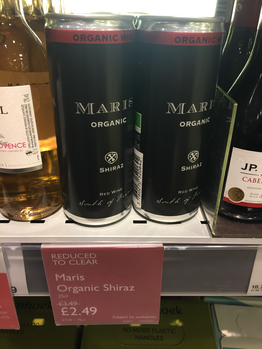
In general, I’ve been drinking a lot less at home, and when one is drinking out with friends, whipping the phone out and taking analytical tasting notes just doesn’t seem as acceptable as taking a quick snap of a wine bottle (assuming there is one).
But in my quest to continue “drinking less but better”, I’ve come to realise that with Mr PT being much more into craft beer these days, I’m finding even opening a bottle of wine less appealing at home. So when I saw a wine that resembled something I’d bought before, but in a 250ml can, I thought it was a good excuse to give it a try. And the reason for the blog post... I had tweeted the wine and found a lot of people getting interested. The can format is expanding, perhaps for environmental reasons as much as convenience. So, here we are.
It has been many years since the “Chateau Maris” Minervois was a regular feature on our wine rack, but I recalled it as a decent wine, and at £2.49 for a third of a bottle of organic Shiraz, I figured I didn’t have much to lose by giving this a punt, even if the “reduced to clear” ticket didn’t exactly fill me with hope... (apparently this is just in my branch).
Whether the French appellation regulations make this a Vin de France because it’s not in a bottle, or whether the grapes are more widely sourced, I haven’t taken the time to research, but my first observation was that calling it Shiraz rather than Syrah was a sign, perhaps, of trying to appeal to a different audience.

Luckily, I’d poured it into the glass long before dinner was ready.
Strange that a wine sold in a “quick drink” format would benefit so much from time to open up in the glass. But open up it did, and that made the change from this simply being “red wine” to becoming something eminently drinkable.
Seriously, the difference was immense. Had I drunk it straight from that can this would have been a very different post.
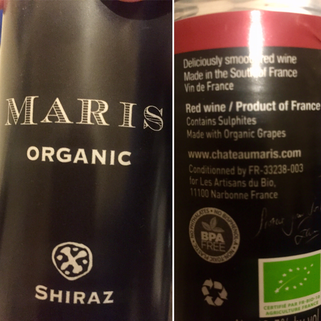
Mr PT likened it to the kind of wine he used to drink many years ago. I’m not sure the Maris winemakers will see a comparison with Wolf Blass Yellow Label as a compliment, but that’s how he intended it.
It is not one I’m likely to buy again. That's nothing to do with the wine itself. I just can't see a place for it in my life.
It helps with the "drink less" part, but not necessarily the "drink better" element. Don't get me wrong, I’d be happy to recommend it to anyone who likes to take wine to festivals, picnics and on trains. It is a "good" wine, and if you like the idea of wine in a can, then definitely give it a try. Believe me though, it'll taste better if you pour it into a glass.
Since my tasting, I've reminded myself that I can use a product like "Winesave" if I want to open a full bottle and drink half of it in a week's time. I've also purchased a number of half bottles from The Wine Society, and hope that they may help me in my quest to have the right amount of wine, in the right quantity.
Cheers!


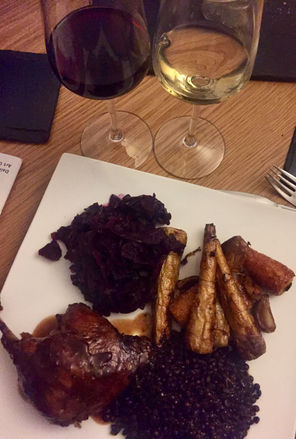
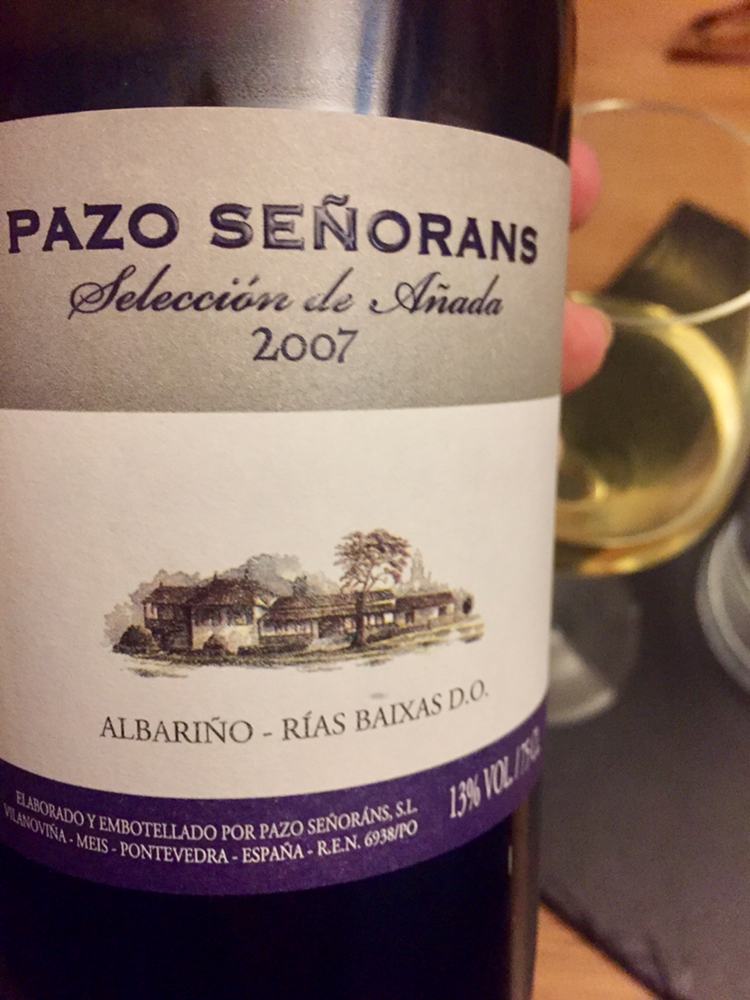

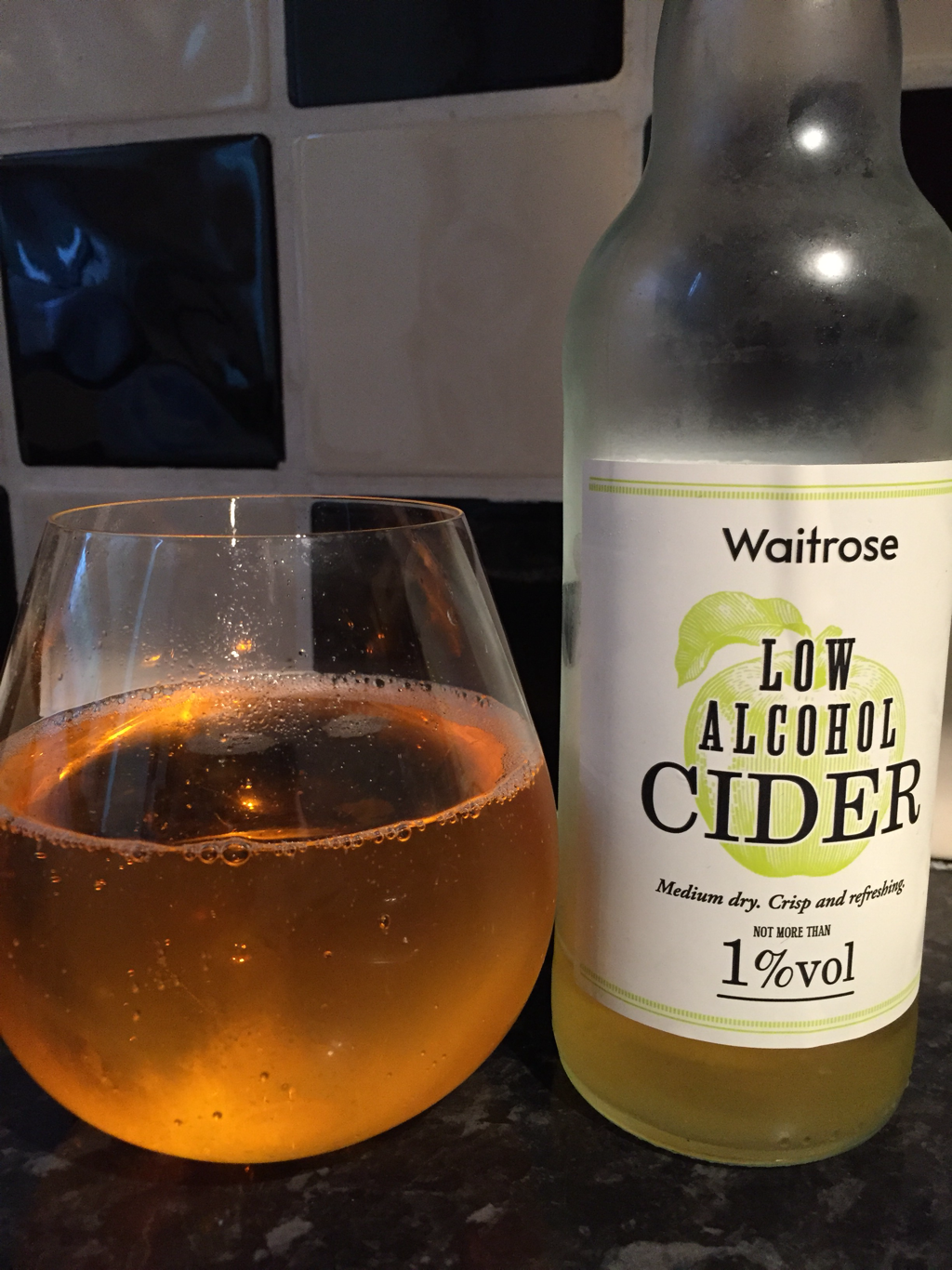
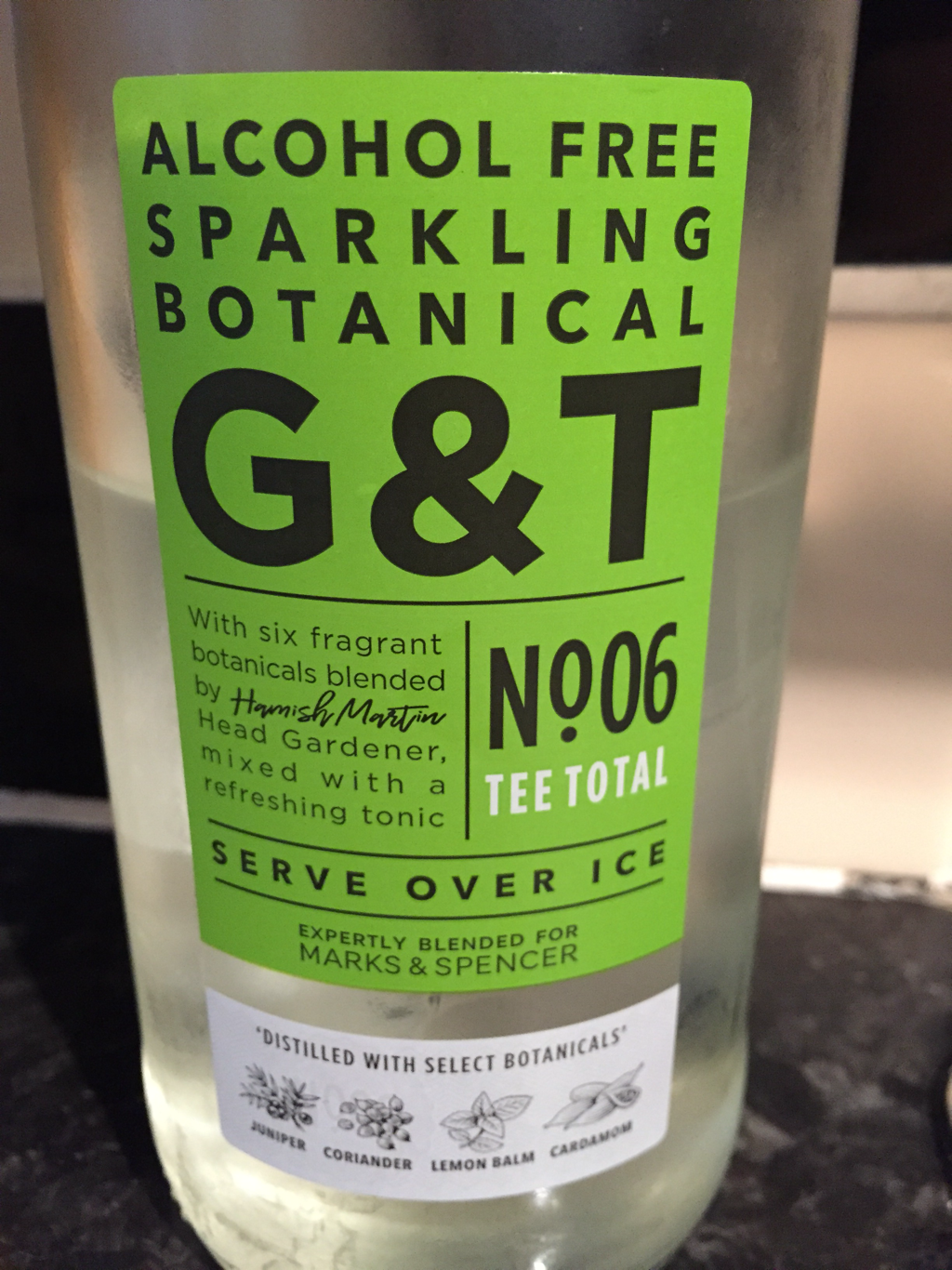
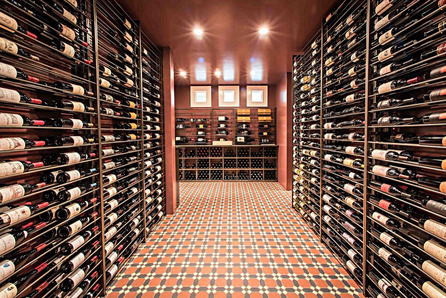
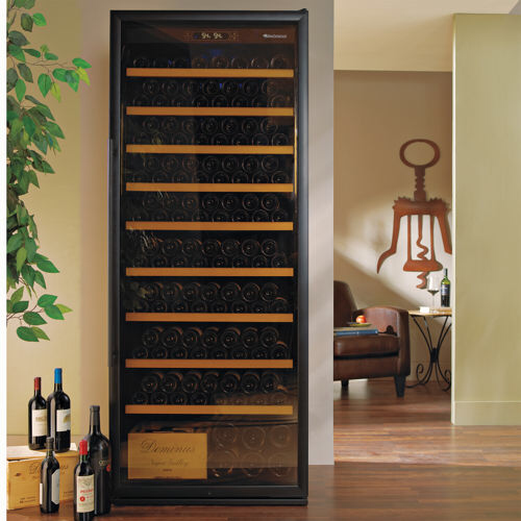
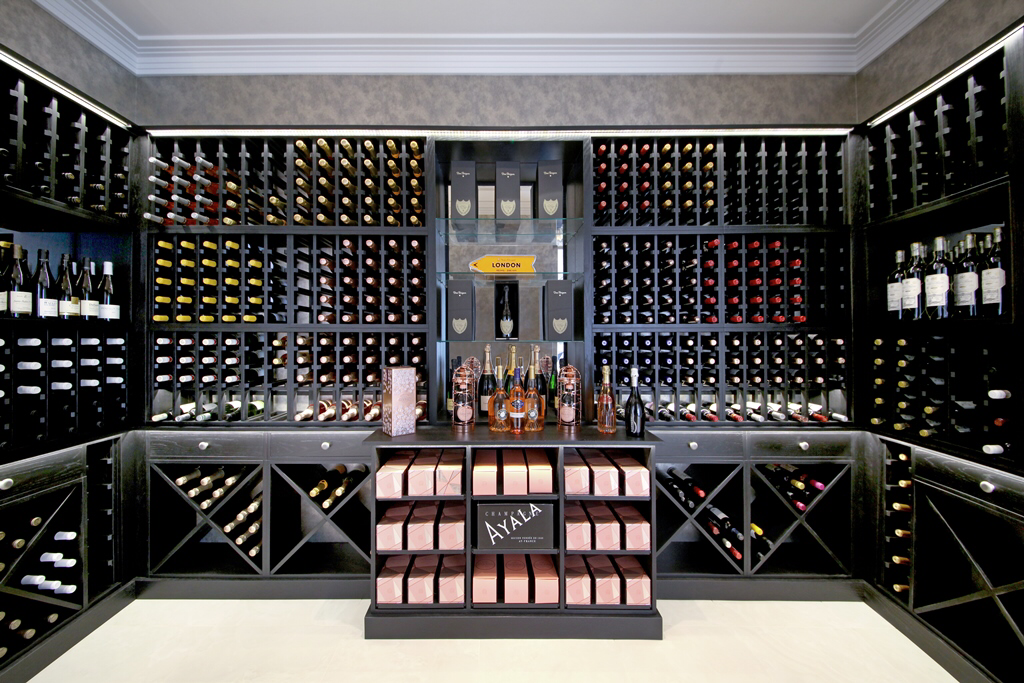
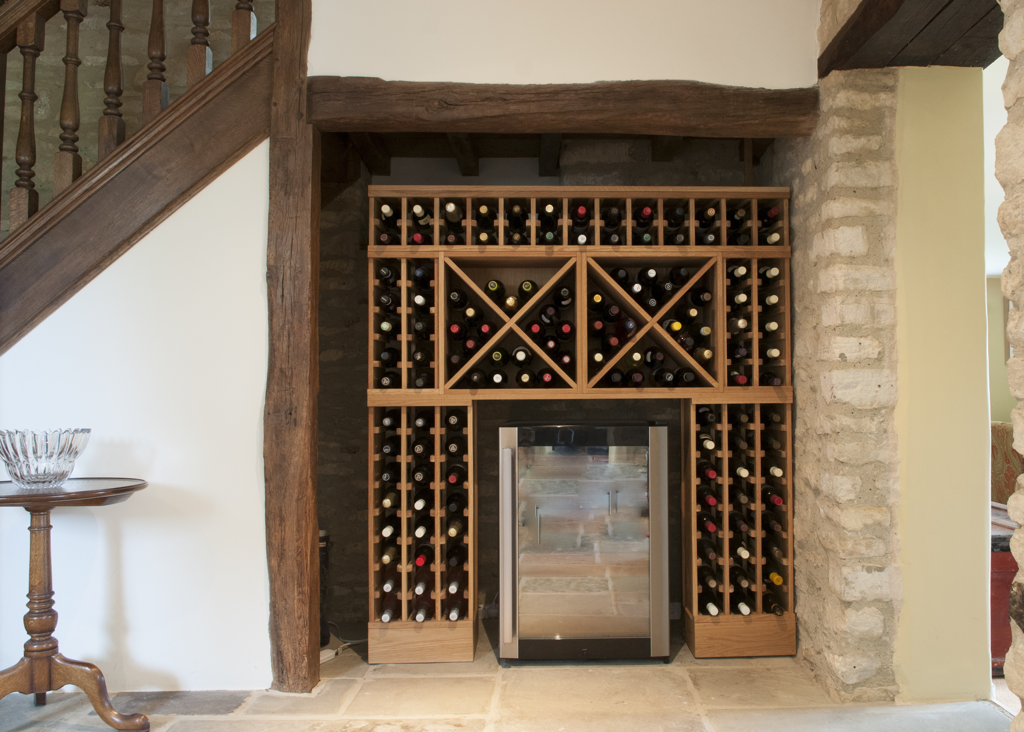
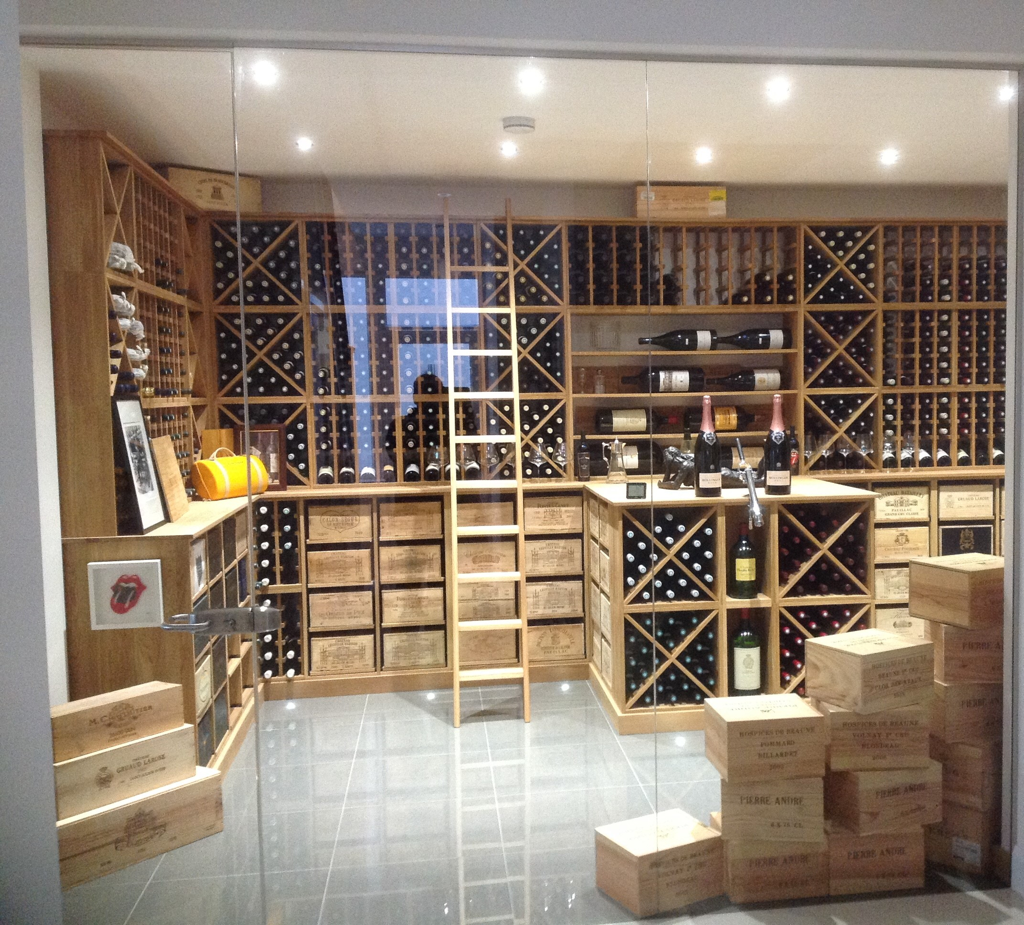
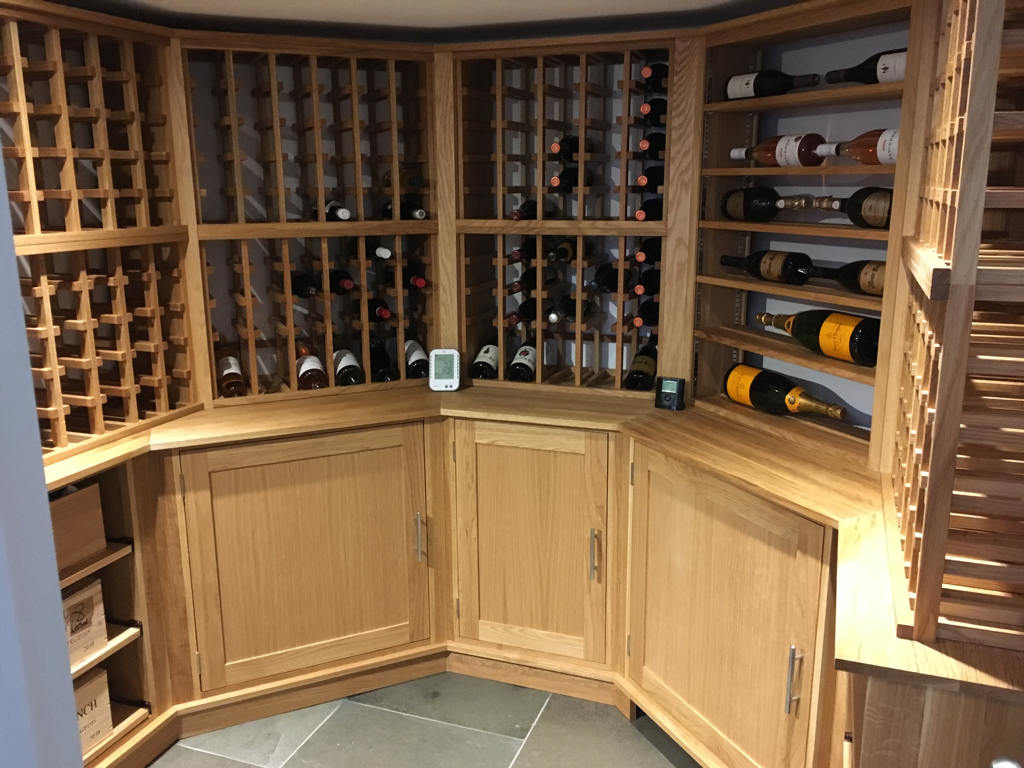
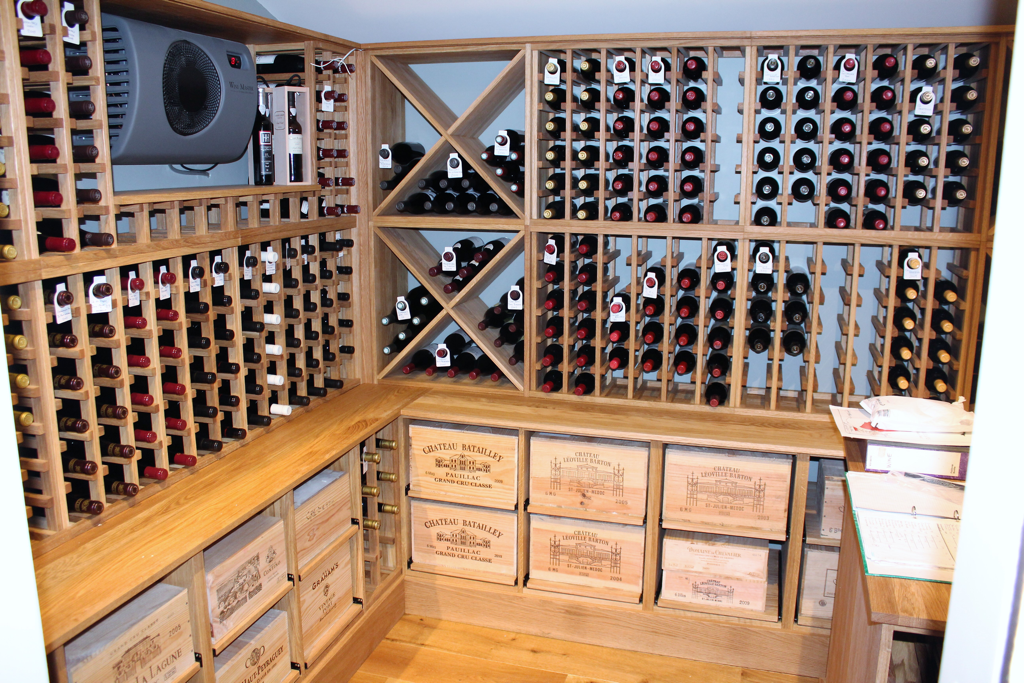
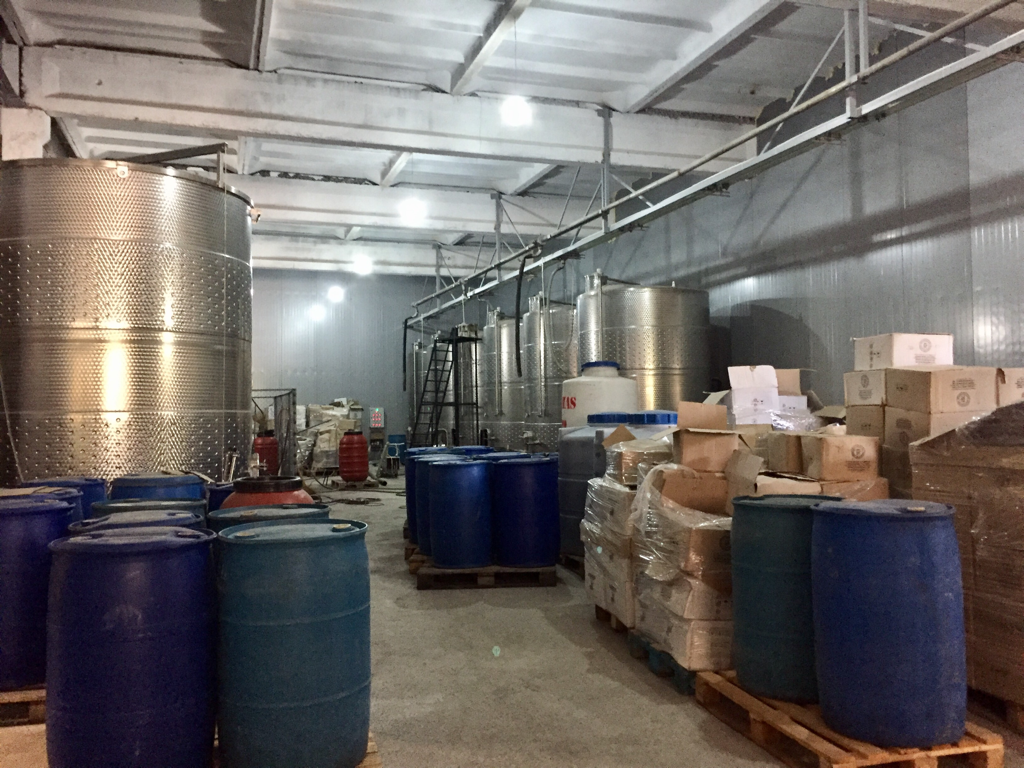
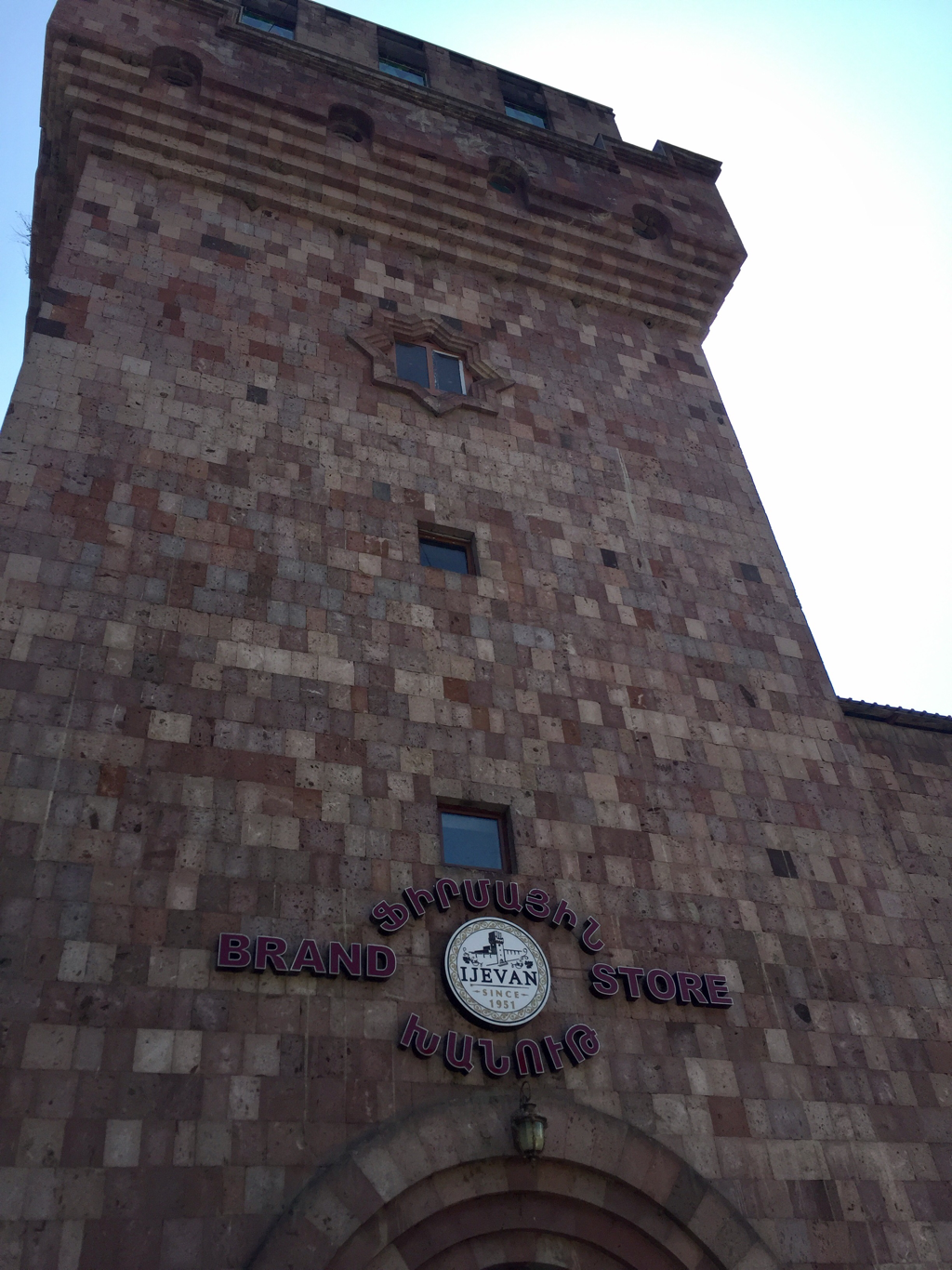
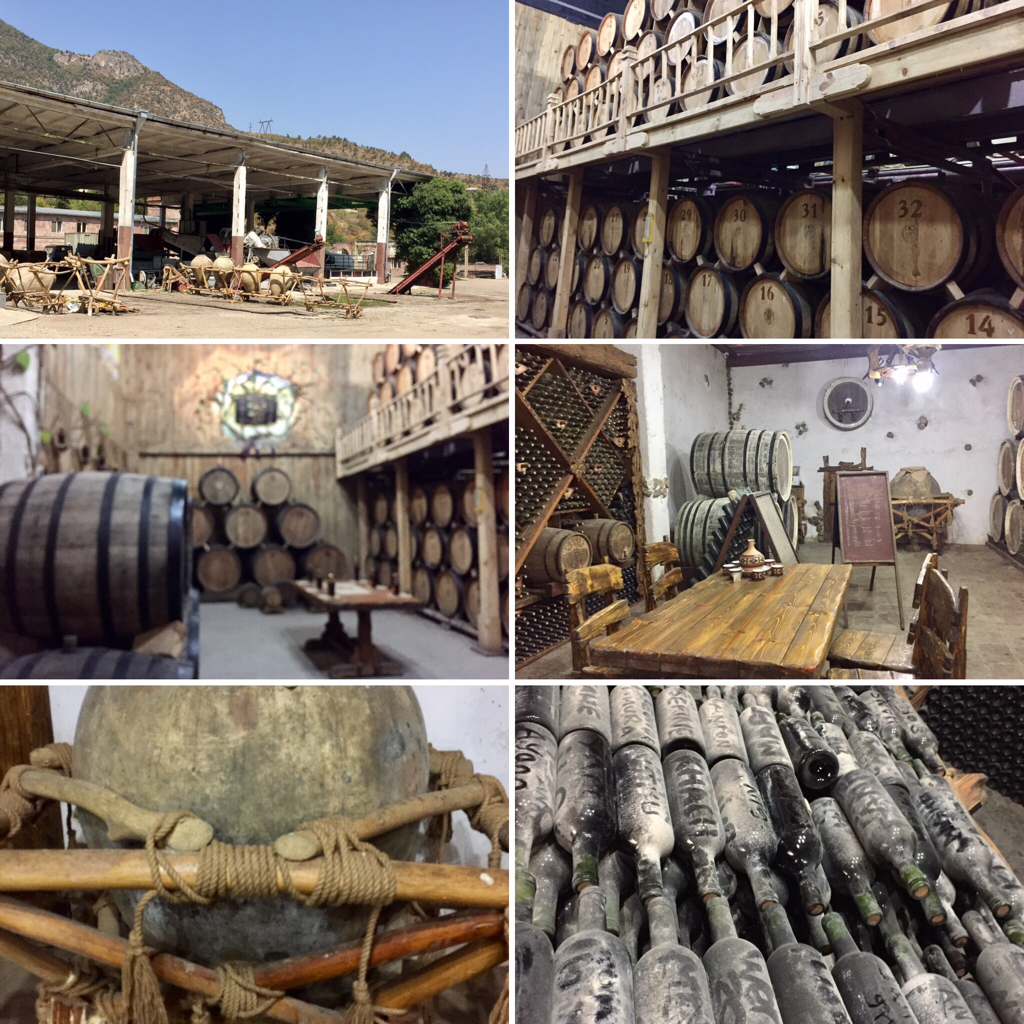
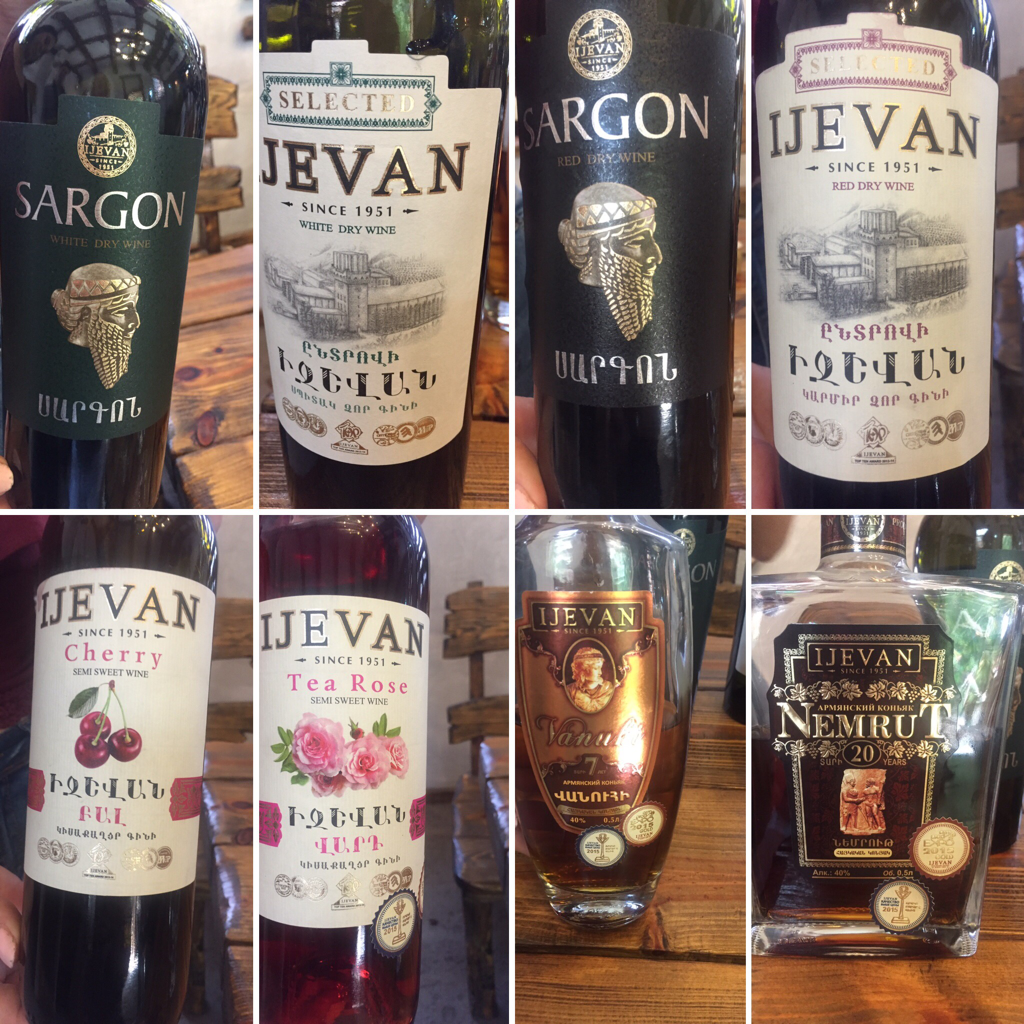
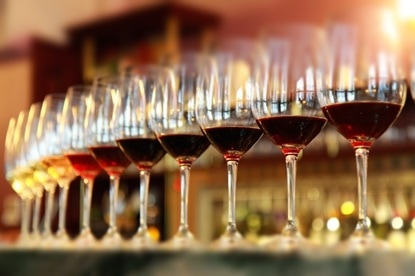
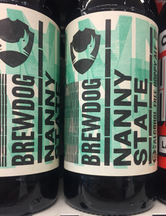
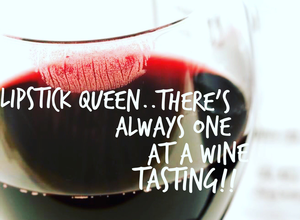
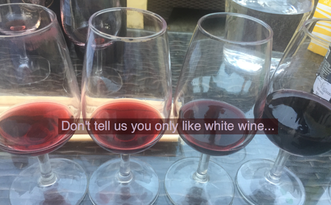
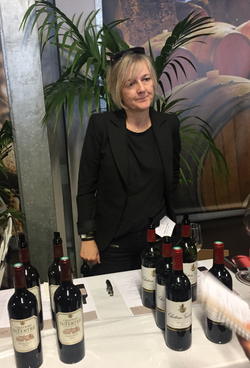
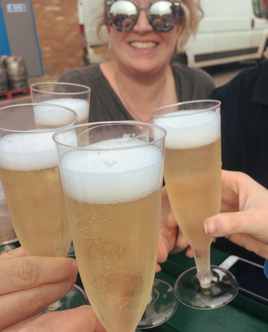
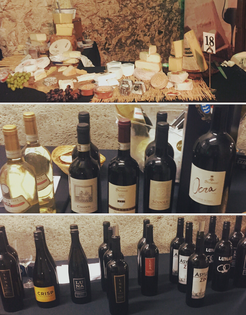
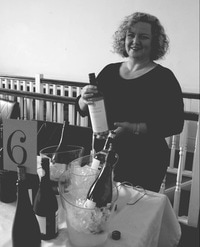

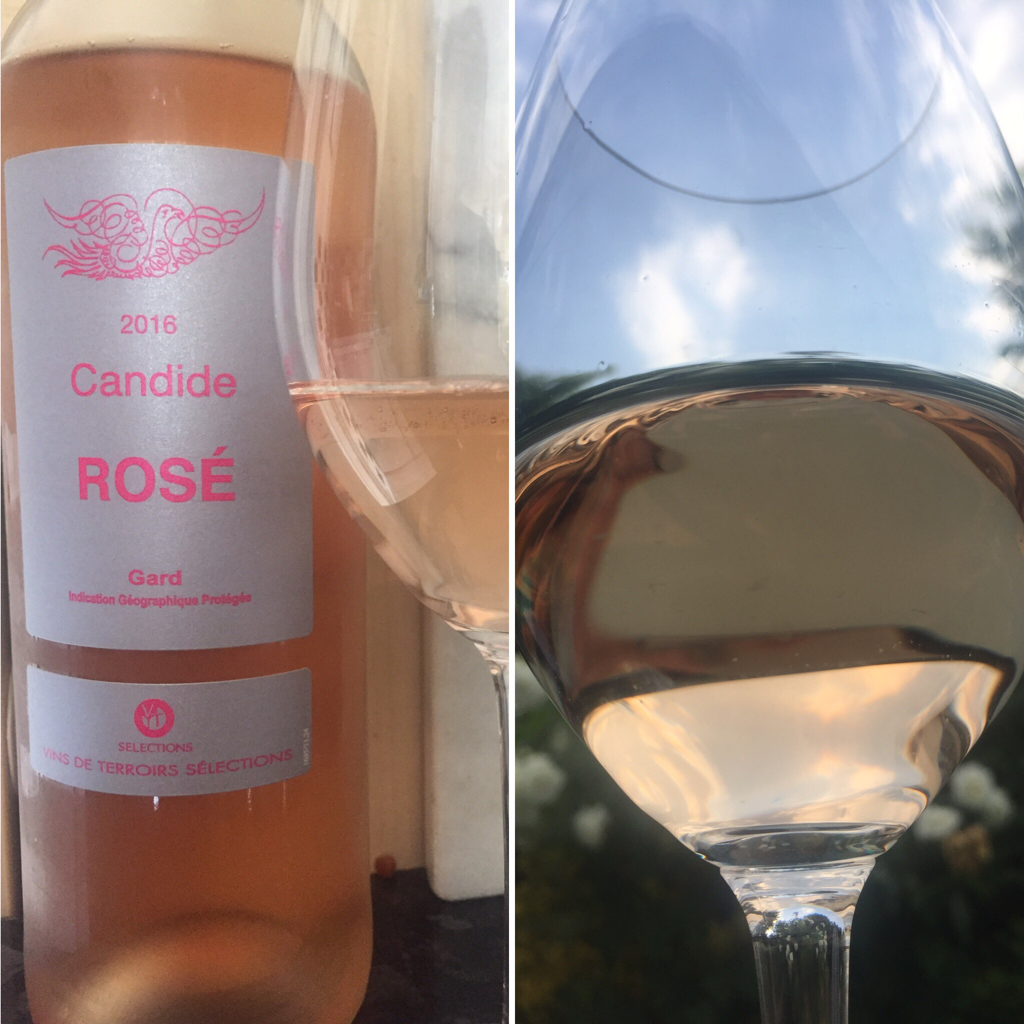
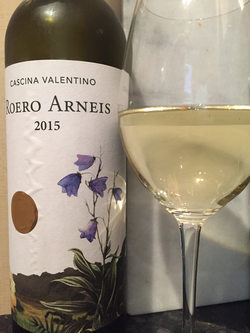
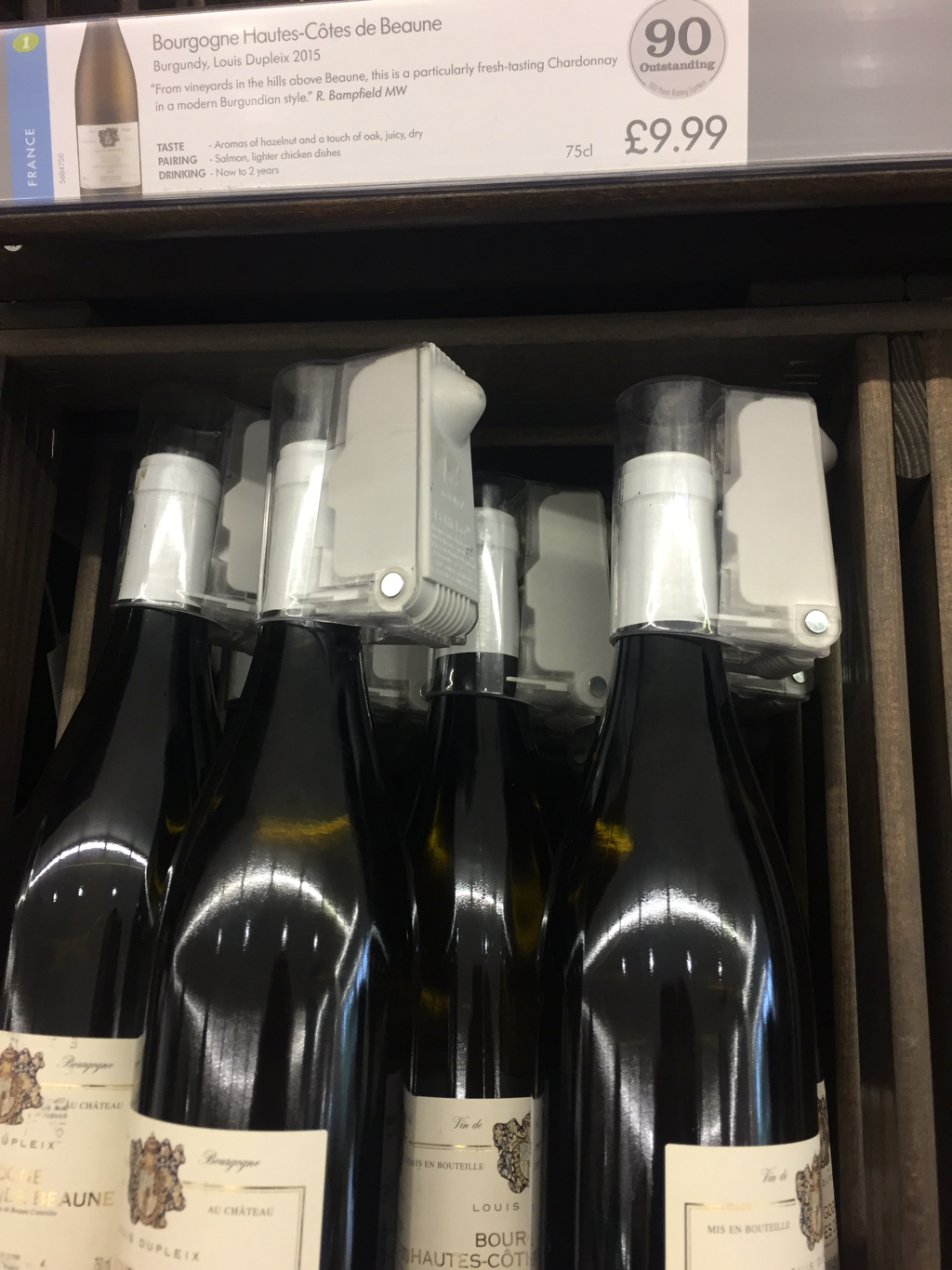
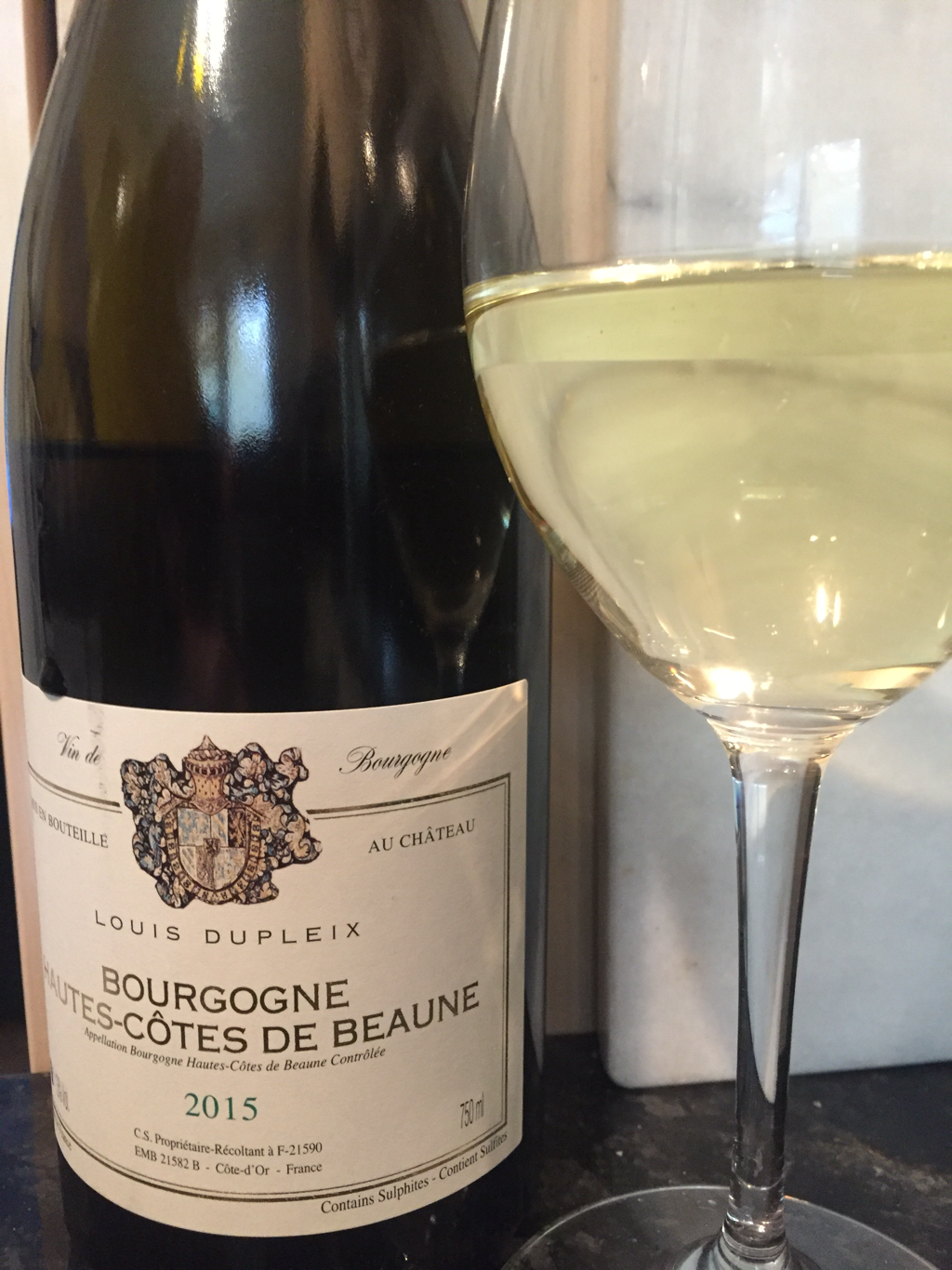
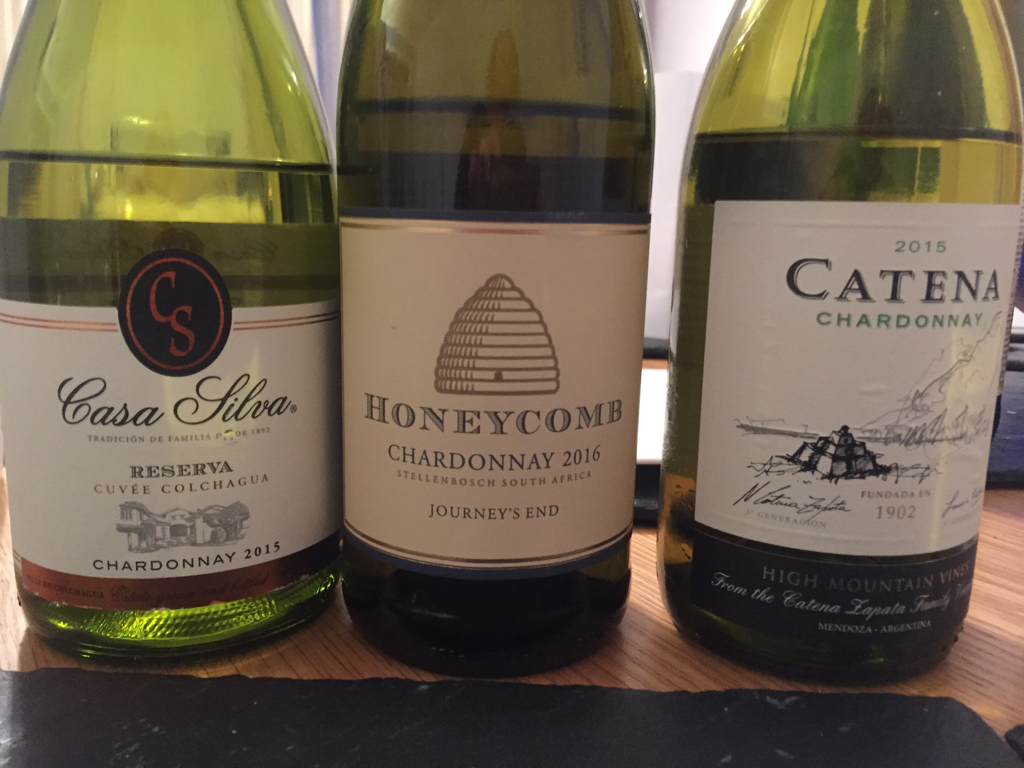
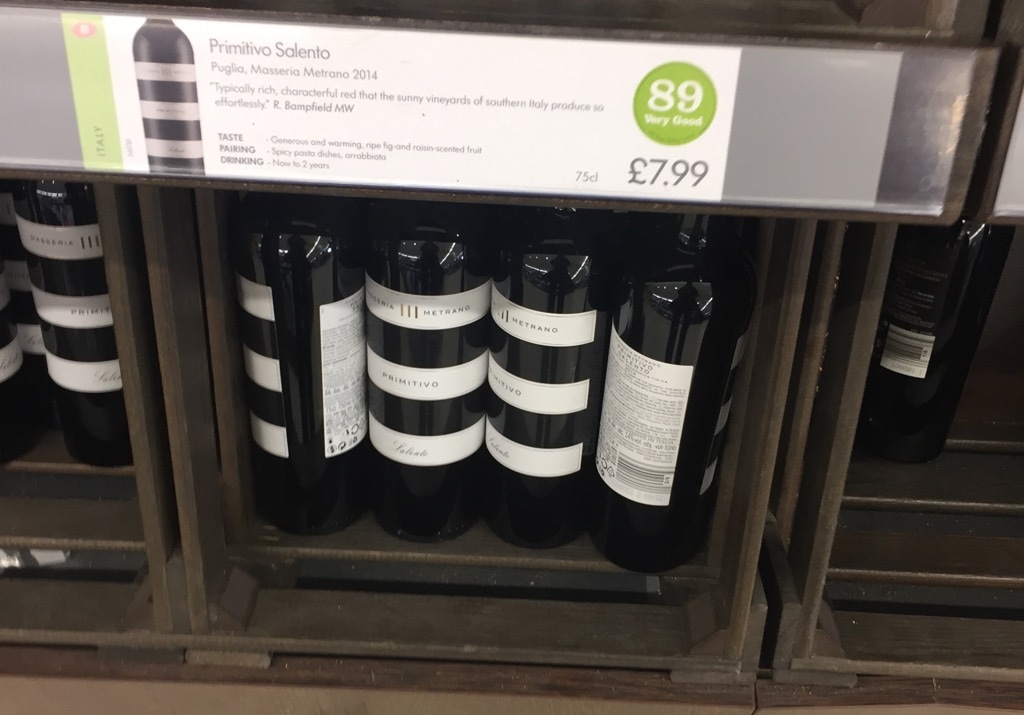
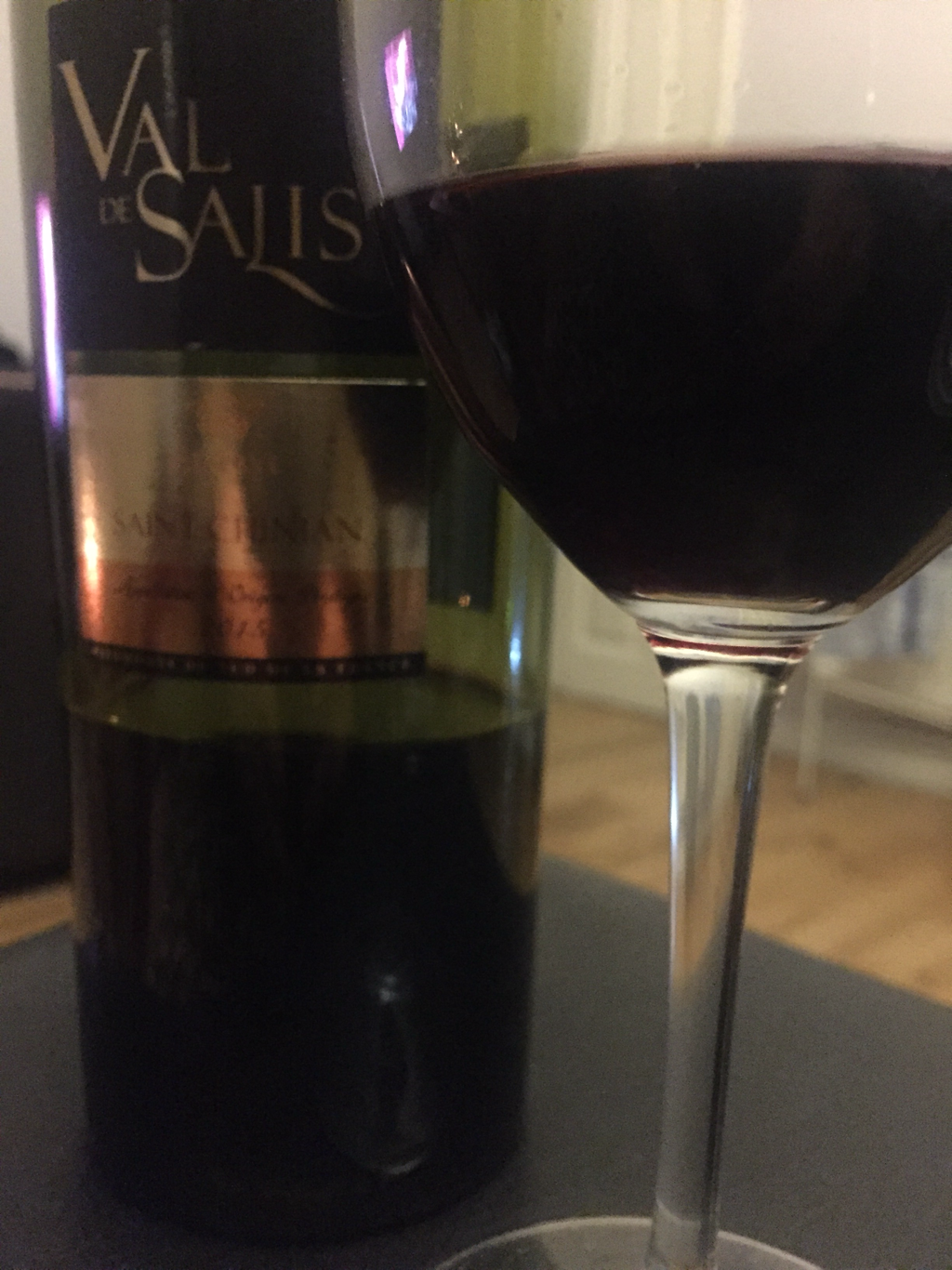

 RSS Feed
RSS Feed
